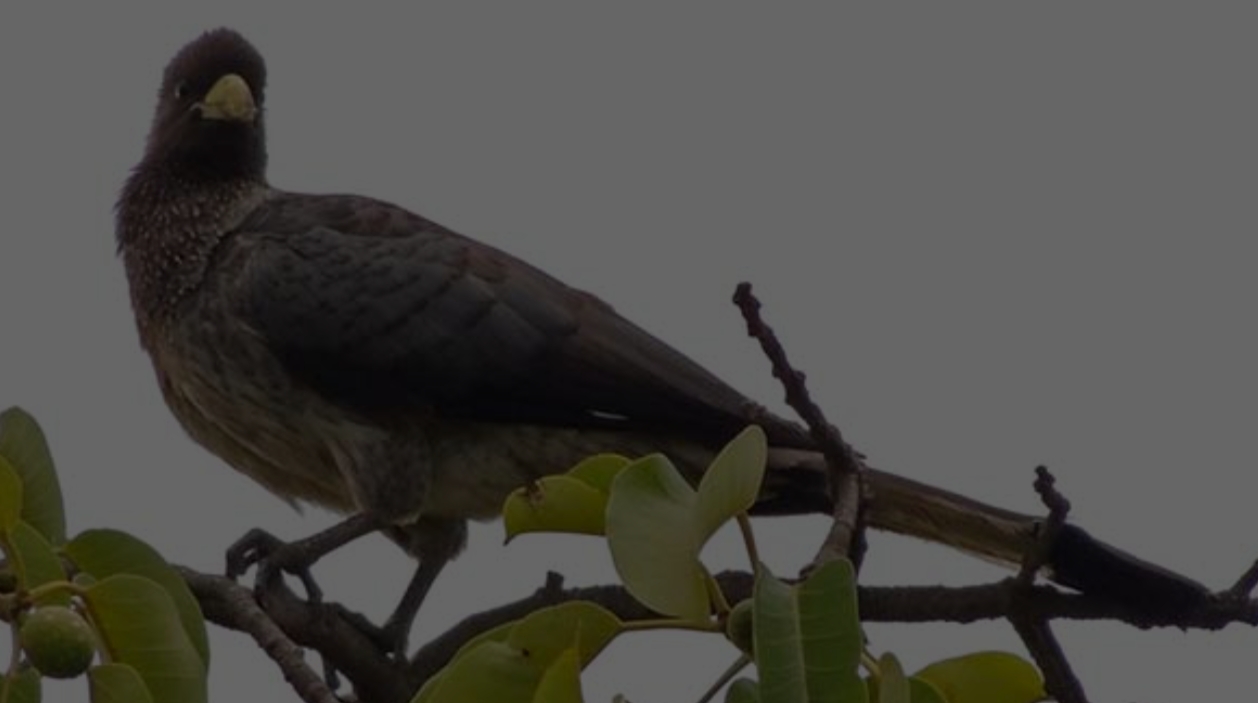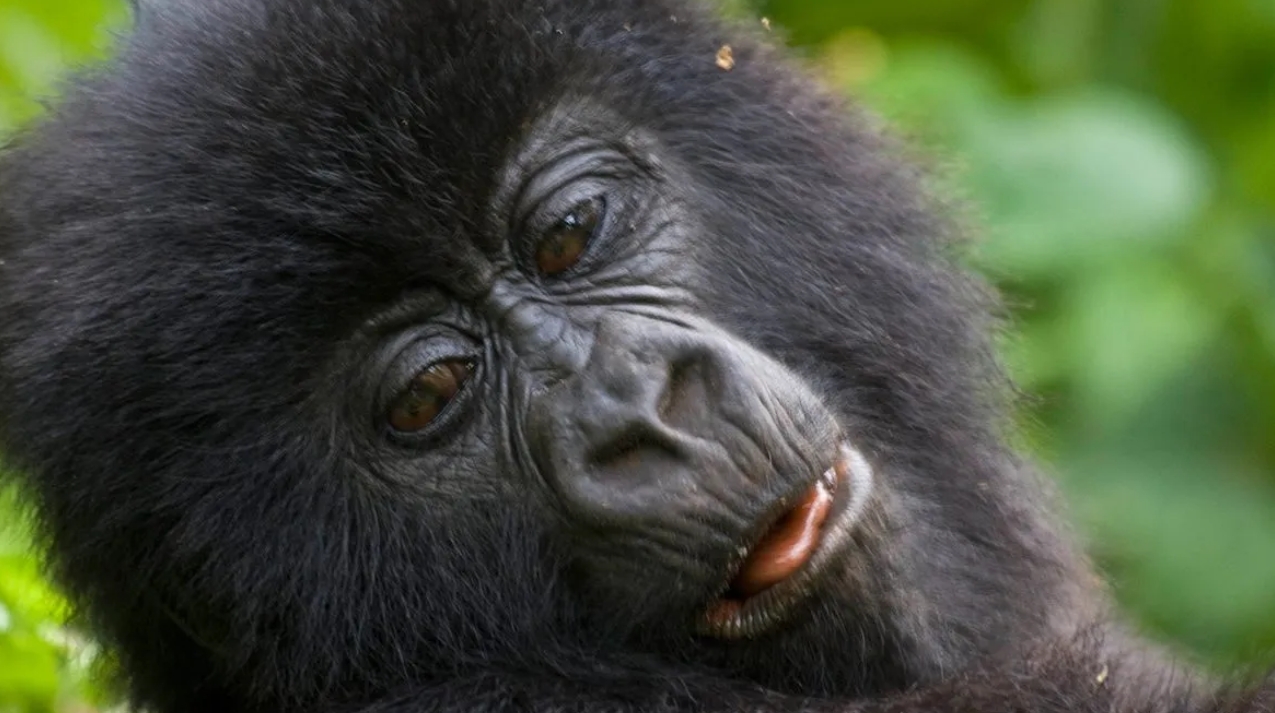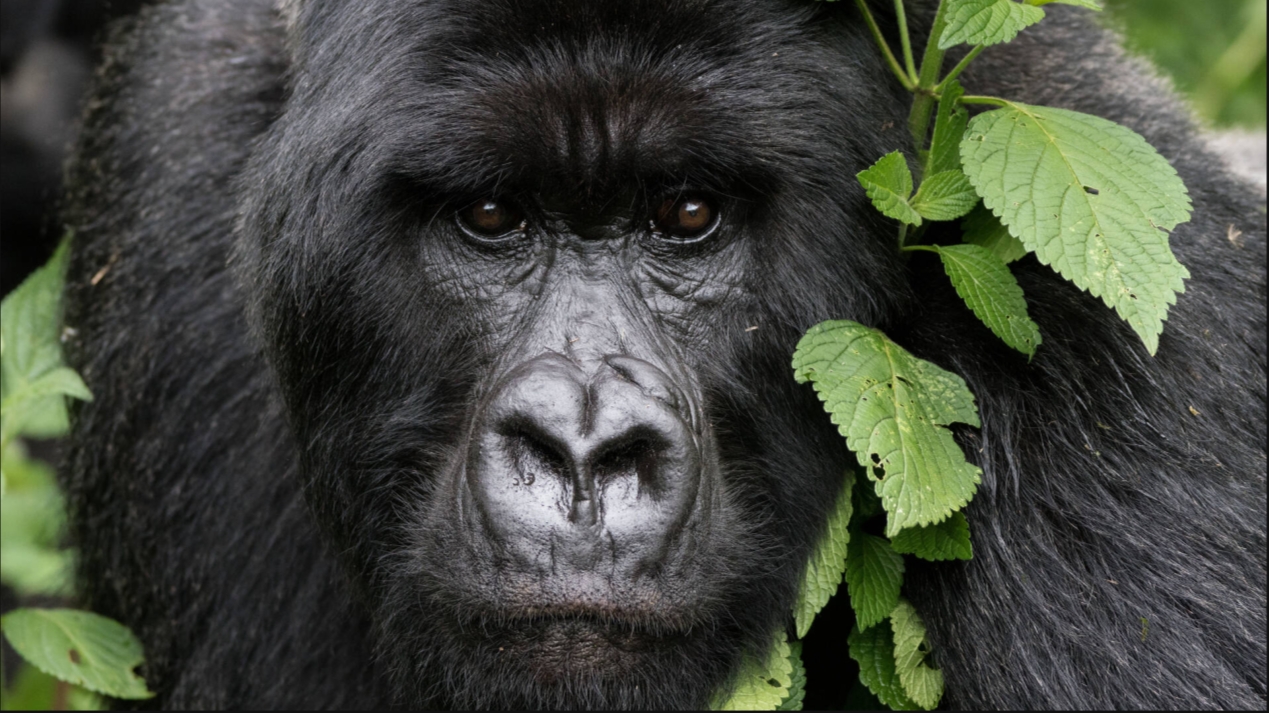
The Elegant Eastern Plantain-eater
The Elegant Eastern Plantain-eater in Uganda: This colorful, large, grey, and fascinating bird has a yellow beak and a brown-streaked head. It is a member of the Musophagidae family, which includes the turacos, a group of large, near-passerine tree birds found only in Africa. It plays a crucial ecological role in the various ecosystems that it inhabits. Commonly found in open forests in tropical Africa, particularly in East Africa, this remarkable bird species breeds in these regions.
This distinct medium-sized bird species has a long tail and measures between 45 and 50 cm in length. Its unique traits include primarily grey plumage with an olive tint on its coverts and wings. Its subdued tints contrast fascinatingly with a dark reddish ring with prominent eyes. Its extended crown has a little dark grey tint to its coloring, adding to its beautiful appearance.
Distribution of the Eastern Plantain-eater
This unique bird species is commonly referred to as the Eastern Grey Plantain-eater and is mainly found in the eastern part of Africa. Its wide distribution range cuts across several countries, Uganda inclusive, due to its location. The Eastern Plantain-eater is always sighted in areas with diverse habitats such as woodlands, savannahs, and farmland. In Uganda, these species of birds are mainly found in Murchison Falls National Park, Kidepo National Park, Entebbe Botanical Gardens, and several cultivated areas across the country. This means that they thrive in all sorts of settings, including culturally altered and natural landscapes, due to their adaptation to different environments.
As per their name, Eastern Plantain-eaters primarily feed on fruits, as their staple diet is dominated by plantains, a type of banana that, when ripe, turns yellow. This means that they are typically fruitarians because the majority of their diet consists of different fruits, including berries, guavas, mangoes, and occasionally seeds. The stiff outer layers of fruits can be broken with their powerful yellow beaks.
With loud, unique vocalizations that sound like a sequence of high-pitched or cackling notes reverberating in tree branches, this Eastern Grey Plantain-eater is an energetic, gregarious, and cheerful bird species.
Social Structure
Due to their social structure, they always move in small groups of about 5-12 members, making them lively and intriguing to watch. When foraging in their social formations, they always play as they hop from one branch to another, exhibiting their acrobatic skills in trees. This is a source of amusement and pleasure amongst these passerine bird species.
Concerning the Eastern Grey Plantain-Eater, there are currently no threats to its population. Due to its extensive distribution in different parts of Africa and flexibility to adapt to unpredictable environments, it has fostered its survival as a way of enduring harsh climatic conditions.
However, several bird species, such as the elegant Eastern Plantain-eater, continue to experience serious challenges due to rampant habitat loss attributed to human activities such as human settlement.
The ecological protection of bird habitats is essential to ensuring the survival of various bird species because of major human activities, including construction, settlement, and deforestation.
Conclusion
The distinctive and colorful look of this bird species makes it a popular and unique bird that charms the country’s varied landscapes. It contributes significantly to a rich biodiversity and performs a crucial ecological role in its habitats as one of the bird species recognized for spreading seeds. As the country continues to advocate for sustainable practices and restoration measures, it is protecting its natural environments, which are home to a variety of wildlife, including the Eastern Grey Plantain-eater.







